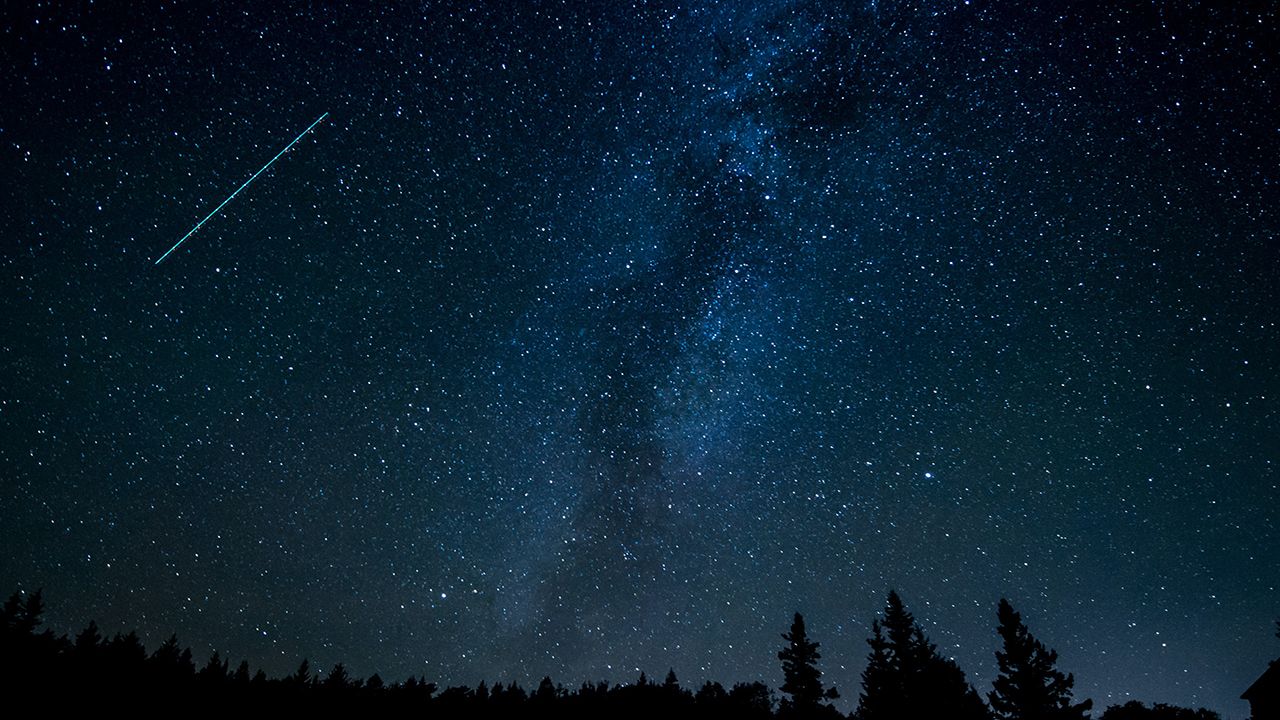Stargazing is a fun activity you can do year-round. To make it more fun, try mapping out the sky and finding these popular constellations.
Do it at different points in the year to see how the Earth’s rotation changes the sky.
Constellation origin: Many versions of Orion’s story circle the internet, but one remains the most known. Orion, the son of Poseidon and the daughter of King Minos, could walk on water.
He used his ability to reach the island of Chios and fell in love with Merope, the daughter of the king of the island. The king did not approve of this love and blinded him, but later on, Orion had the sun god restore his sight.
Orion then hunted with the goddess Artemis and vowed to kill every animal in the world. The goddess of the Earth got angry and sent a giant scorpion to kill Orion. Artemis asked Zeus to place Orion in the sky and Zeus agreed.
When to look for it: You can see this constellation best from October through March.
How to spot it: Look in the southern sky and find Orion’s belt to locate this constellation, three stars very close together in almost a straight line. The two brightest stars to the north make up his shoulders, and the two brightest stars south of the belt make up his feet.
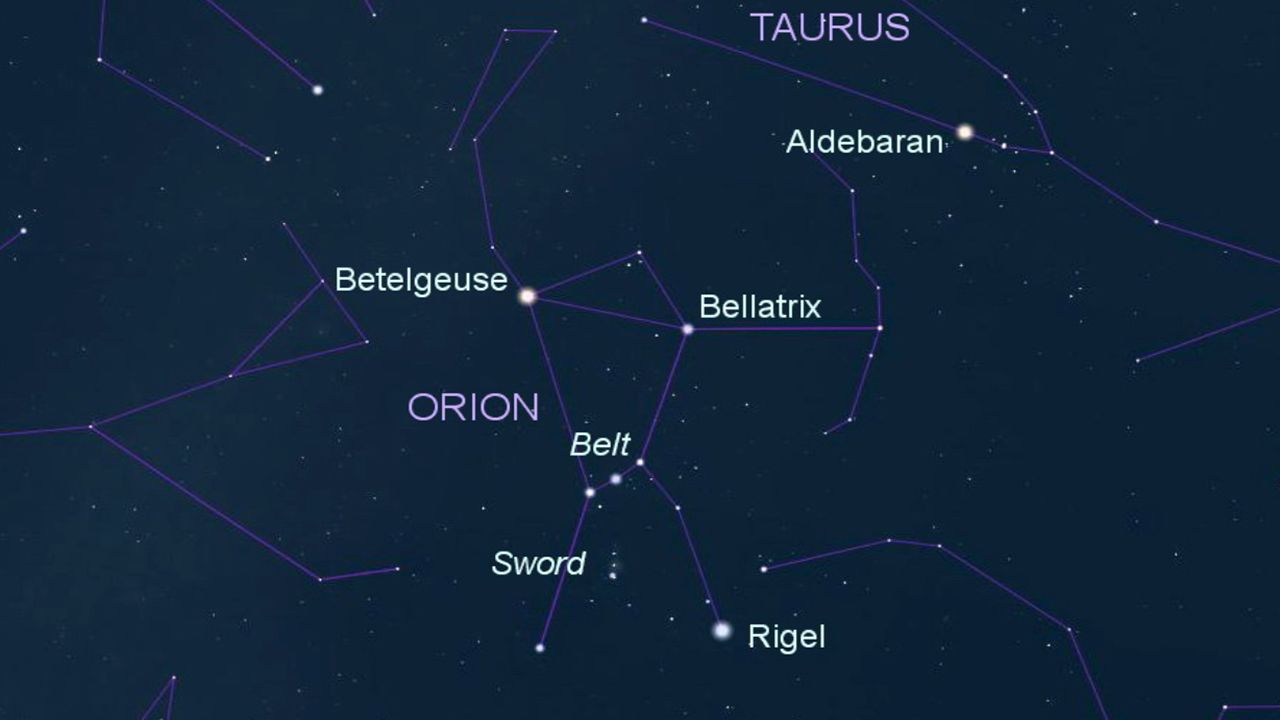
Constellation origin: Zeus gifted a dog, Laelaps, to Europa, the daughter of the king of Crete. After her death, her husband, Cephalus, took the dog to hunt a fox that was causing trouble. However, the fox was extremely fast, and the hunt appeared it would never end.
Zeus ended the hunt himself, turning the dog and fox into stone. He then placed the dog in the sky, which became the Canis Major constellation.
When to look for it: You can see this constellation best from November through February.
How to find it: Look for it in the southern sky. Find the brightest star in the sky, Sirius, which is part of the constellation. You can also use Orion to find it, as this constellation trails behind Orion.
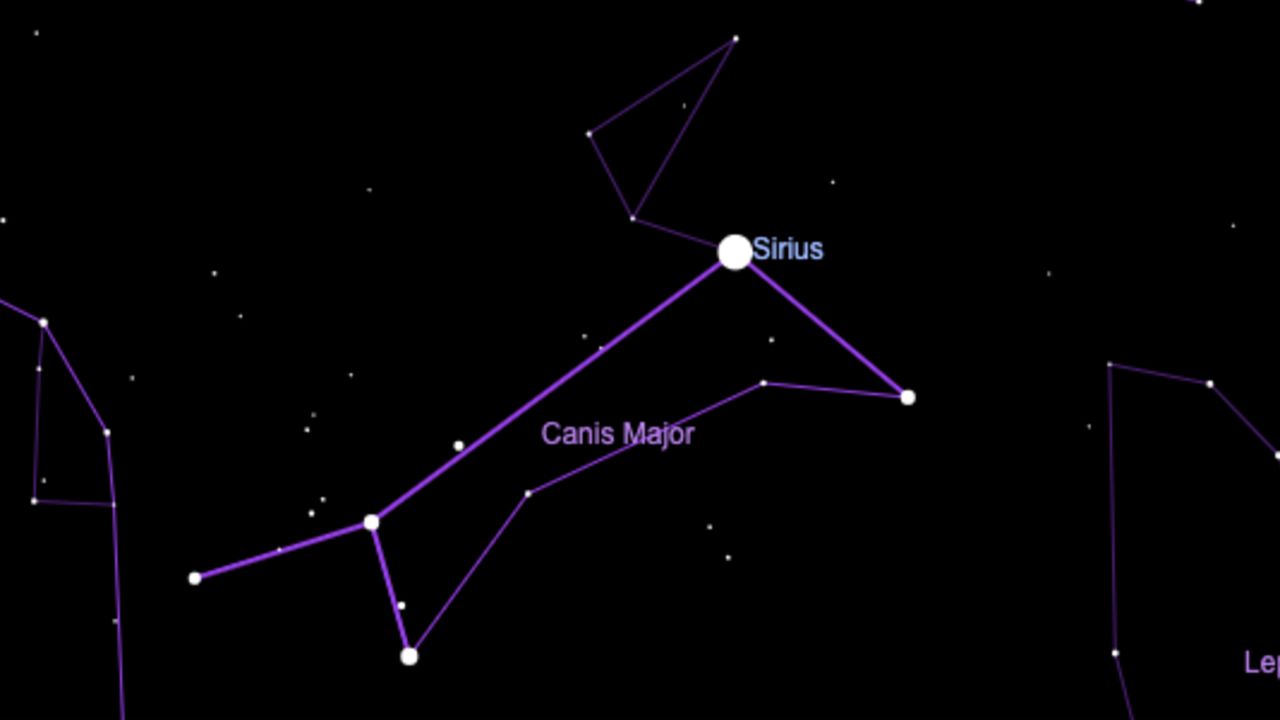
Constellation origin: Callisto, a beautiful nymph, fell in love with Zeus. They had a child together, Arcas. Hera, Zeus’ wife, became so jealous that she turned Callisto into a bear.
While Arcas was roaming the forest, he came across Callisto in her bear form and almost killed her, but Zeus prevented the tragedy by turning them both into constellations, The Great Bear and The Little Bear.
When to look for it: You can see this constellation year-round in the northern hemisphere.
How to spot it: To spot this constellation, locate the Big Dipper, which makes up the tail-end of The Great Bear. It rotates around the North Star. In the spring and summer, look for it high in the sky. In the fall and winter, look for it close to the horizon.
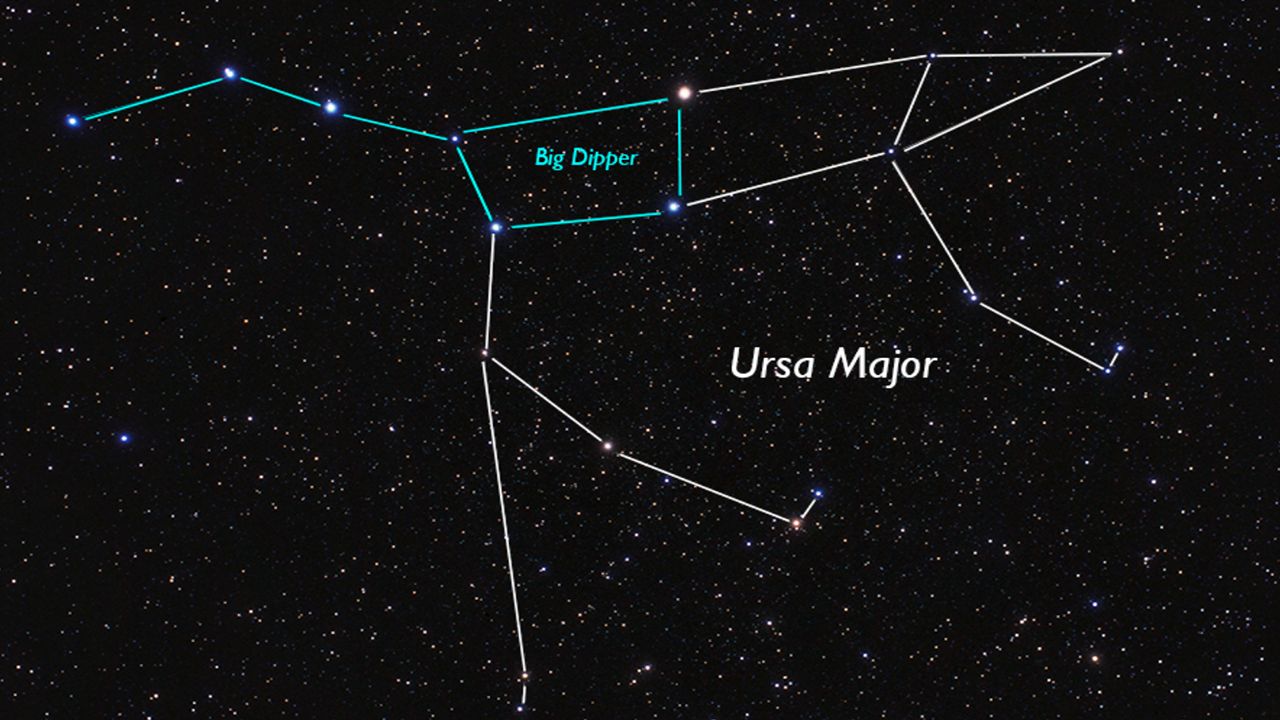
Constellation origin: Known as Callisto and Zeus’ son, Arcas became a constellation when he almost killed his mother as previously mentioned.
When to look for it: You can see this constellation year-round in the northern hemisphere.
How to spot it: Look for the North Star, as this is the top of the handle of the Little Dipper. From there, you can trace out the rest of the Little Dipper, which makes up this constellation.
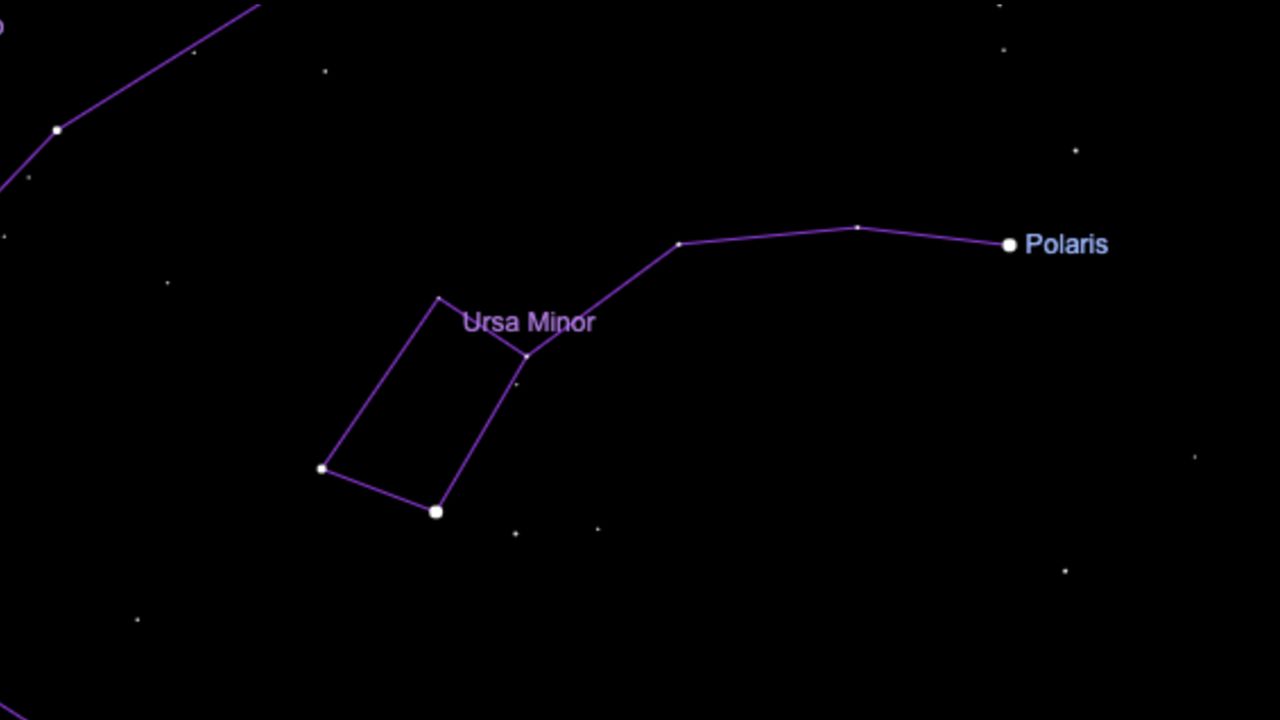
Constellation origin: Cassiopeia, the queen of Ethiopia, was very vain and bragged she was more beautiful than the Nereids, 50 sea nymphs fathered by the Titan Nereus. Poseidon was married to one of the Nereids, and she begged Poseidon to punish Cassiopeia.
Poseidon agreed and sent a sea monster to ravage Cassiopeia’s kingdom. An oracle told Cassiopeia and her husband that to save the kingdom, they had to sacrifice their daughter, Andromeda, to the sea monster.
They left their daughter chained to a rock for the sea monster, but Perseus ended up saving her. They married, and a former suitor of Andromeda challenged Perseus. Perseus used Medusa’s head to fight him and others, turning them all, along with Cassiopeia, into stone.
Poseidon placed Cassiopeia in the sky, circling the north pole forever. For half the year, Cassiopeia is upside down, a punishment for her ego.
When to look for it: You can see this constellation year-round in the northern hemisphere.
How to spot it: Find any star on the Big Dipper handle and draw an imaginary line to the North Star. Keep following that imaginary line to find Cassiopeia, which should be in the shape of a W or M, depending on the time of year.
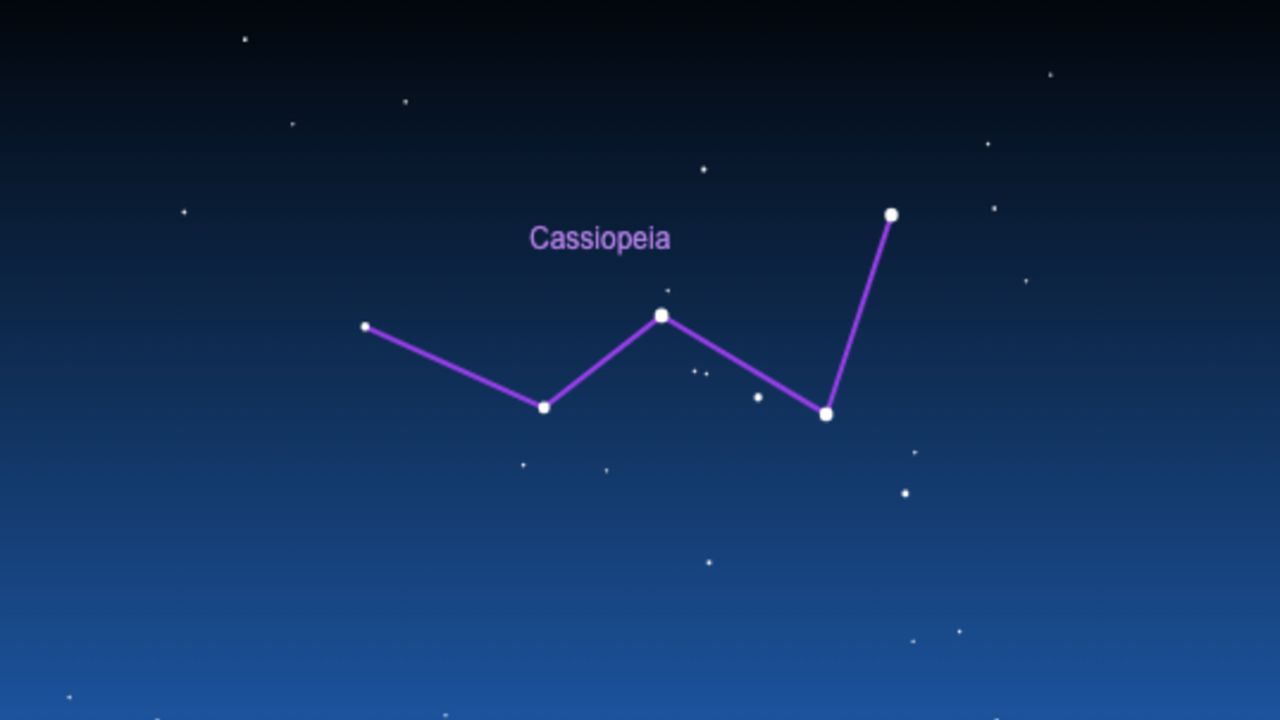
Our team of meteorologists dives deep into the science of weather and breaks down timely weather data and information. To view more weather and climate stories, check out our weather blogs section.
Shelly Lindblade - Weather Producer
Shelly Lindblade is a weather producer for Spectrum News. She graduated from Florida State University with a Bachelor's of Science in Meteorology and started her career in front of the camera as a broadcast meteorologist. After 4 years of TV broadcasting, she now loves updating the public on the latest weather news from behind the scenes.




